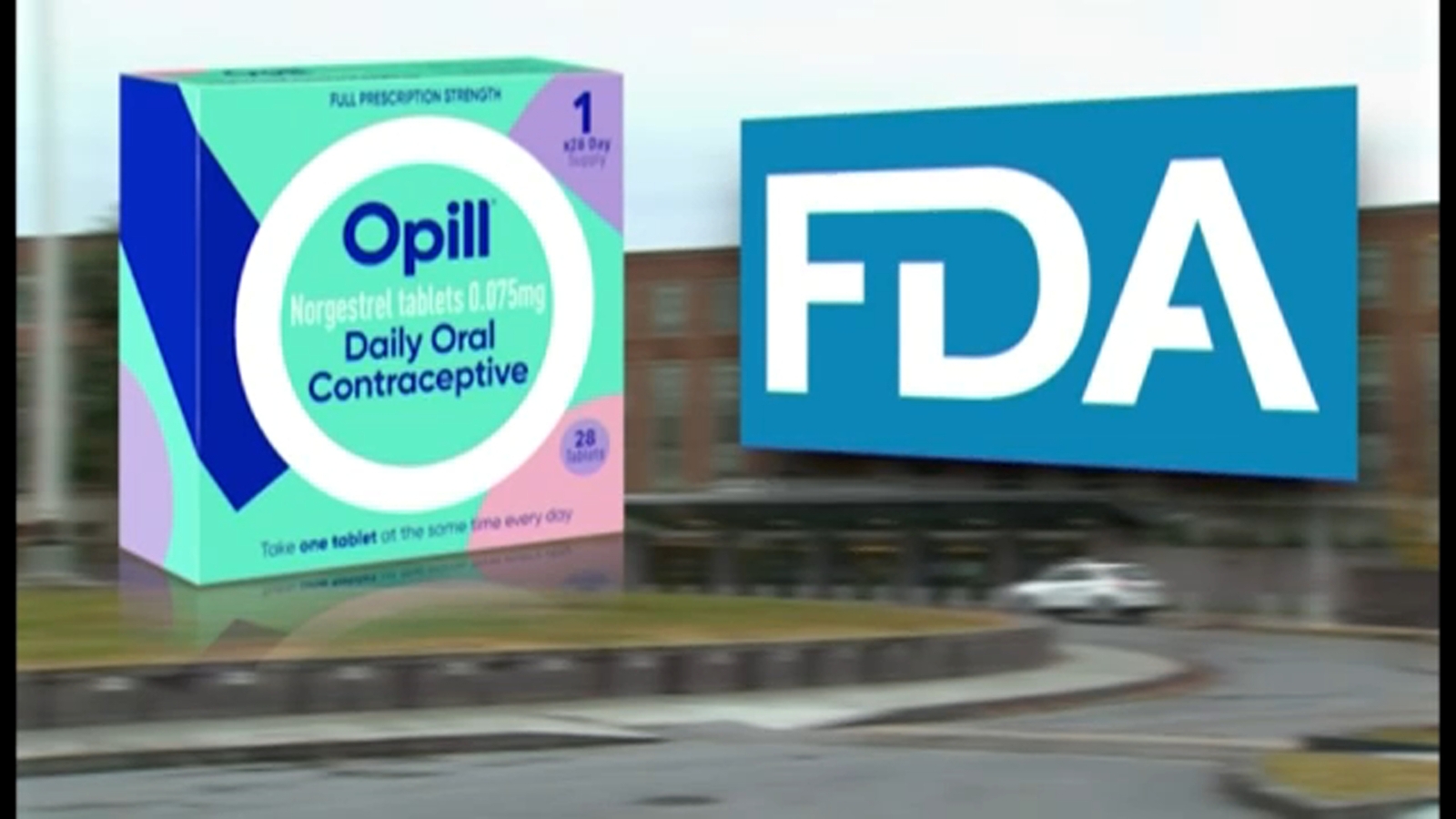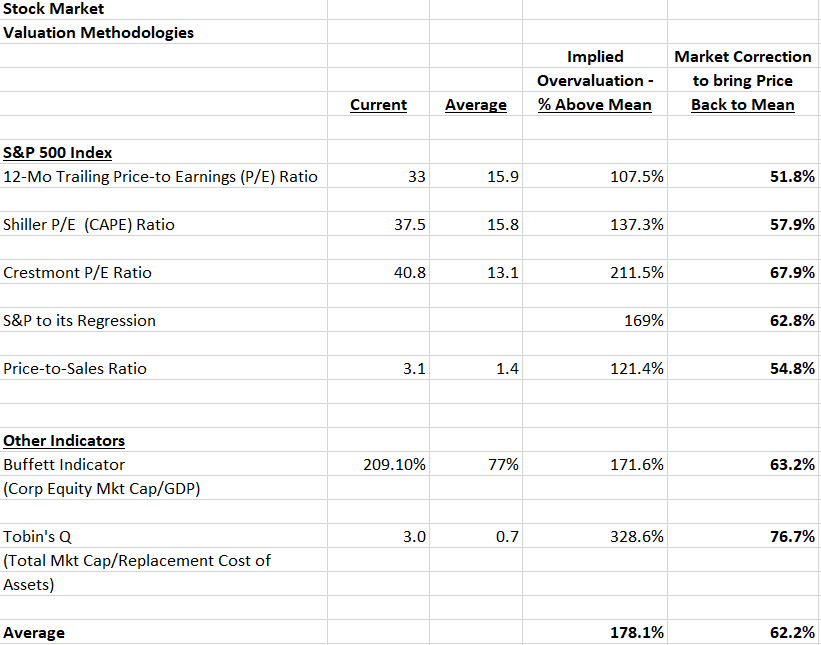Accessibility And Affordability: Examining The Impact Of Over-the-Counter Birth Control Post-Roe

Table of Contents
Increased Accessibility: Breaking Down Barriers to Contraception
Access to effective contraception is fundamental to reproductive health. However, significant barriers currently prevent many women from obtaining the birth control they need. Over-the-counter birth control offers a potential solution to these challenges.
Geographic Barriers
Many women, particularly those in rural areas and underserved communities, face substantial geographical limitations in accessing healthcare providers.
- Longer travel times and associated costs: The distance to clinics and doctors' offices, combined with transportation expenses, creates significant obstacles for many.
- Shortage of healthcare professionals: A lack of healthcare providers, especially in rural regions, further restricts access to reproductive healthcare services, including prescription birth control.
- Over-the-counter options eliminate the need for appointments and transportation: The convenience of over-the-counter birth control could drastically reduce these barriers, ensuring women can access contraception regardless of their location.
Financial Barriers
The cost of prescription birth control presents a considerable financial hurdle for many women.
- High co-pays and insurance limitations: Many insurance plans have high co-pays or exclude specific types of birth control, making them unaffordable for those with limited incomes.
- Impact of cost on adherence: The high cost can lead to inconsistent use, reducing the effectiveness of birth control methods.
- Potential for over-the-counter options to reduce costs: Over-the-counter birth control has the potential to significantly decrease the financial burden, making it more accessible to a wider population.
Time Barriers
Obtaining prescription birth control often involves significant time constraints.
- Scheduling conflicts and waiting times: Scheduling appointments with doctors and navigating waiting rooms can be challenging, especially for women with busy lives.
- Time off work or childcare arrangements: Doctor's visits frequently require time off from work or necessitate arranging childcare, adding further complexity.
- Immediate access to over-the-counter birth control eliminates these delays: Over-the-counter availability provides immediate access, eliminating the need for appointments and associated time commitments.
Affordability and Economic Implications of Over-the-Counter Birth Control
The affordability of birth control has significant economic implications for individuals and society as a whole.
Cost Comparison
A key aspect of the over-the-counter birth control debate is the potential cost difference compared to prescription methods.
- Factors affecting the final cost: The final cost of over-the-counter options will depend on various factors including manufacturing, distribution, and retailer markups.
- Comparison with current prescription costs: A comprehensive cost comparison, considering insurance coverage, is necessary to assess the true affordability of over-the-counter alternatives.
- Long-term cost savings: Broader access could lead to long-term cost savings for individuals and the healthcare system by reducing unintended pregnancies and associated healthcare expenses.
Impact on Unintended Pregnancies
Improved access to affordable birth control has the potential to significantly reduce unintended pregnancy rates.
- Correlation between access and reduced rates: Studies have consistently demonstrated a strong correlation between access to contraception and lower unintended pregnancy rates.
- Societal and economic benefits: Reducing unintended pregnancies has significant societal and economic benefits, lessening the burden on social services and improving public health outcomes.
- Cost savings associated with prevention: Preventing unintended pregnancies saves substantial costs associated with prenatal care, childbirth, and potential long-term support for children.
Public Health Considerations
Increased access to over-the-counter birth control has significant public health implications.
- Improved sexual health outcomes: Easier access to contraception leads to better sexual health outcomes for women.
- Reduced rates of STIs: Increased access to information and contraception can contribute to a reduction in sexually transmitted infections.
- Challenges of self-medication and the need for education: The potential for incorrect usage highlights the importance of comprehensive public health education campaigns to promote safe and effective use.
Potential Challenges and Concerns Regarding Over-the-Counter Birth Control
While offering numerous advantages, the shift to over-the-counter birth control also presents challenges.
Misinformation and Misuse
The potential for misinformation and misuse necessitates careful consideration.
- Need for clear and accessible information: Clear, accessible information about proper usage and potential side effects is crucial to ensure safe and effective use.
- Role of public health campaigns: Comprehensive public health campaigns are essential to educate women about the correct use of over-the-counter birth control options.
- Addressing concerns about self-diagnosis and medication interactions: Education must also address potential medication interactions and the importance of consulting a healthcare professional when necessary.
Regulatory Considerations
The regulatory pathway for making birth control over-the-counter is complex and presents several hurdles.
- FDA approval processes and safety standards: Rigorous FDA approval processes and safety standards are critical to ensure the safety and efficacy of over-the-counter birth control options.
- Potential political and legal challenges: The transition to over-the-counter birth control may face significant political and legal challenges.
- Ensuring equitable access: It is critical to ensure equitable access for all populations, regardless of socioeconomic status or geographic location.
Conclusion
The accessibility and affordability of over-the-counter birth control is a crucial issue in the post-Roe era. While offering the potential for substantially improved contraceptive access, reduced unintended pregnancies, and decreased healthcare costs, concerns about misuse and the need for thorough public health education remain. A cautious balance must be maintained between broader access to over-the-counter birth control and mitigating potential risks. Further research and public discussion are necessary to fully grasp the long-term implications of this significant shift in reproductive healthcare. Let's continue the conversation about the future of access to over-the-counter birth control and work towards ensuring safe and affordable options for everyone.

Featured Posts
-
 Uae Travel Sim 10 Gb Data And 15 Off Abu Dhabi With The Pass
Apr 28, 2025
Uae Travel Sim 10 Gb Data And 15 Off Abu Dhabi With The Pass
Apr 28, 2025 -
 Young Mets Pitchers Road To The Rotation
Apr 28, 2025
Young Mets Pitchers Road To The Rotation
Apr 28, 2025 -
 Uae Sim Card With 10 Gb Data And Abu Dhabi Pass Discounts
Apr 28, 2025
Uae Sim Card With 10 Gb Data And Abu Dhabi Pass Discounts
Apr 28, 2025 -
 Red Sox Breakout Season A Deep Dive Into A Surprise Contender
Apr 28, 2025
Red Sox Breakout Season A Deep Dive Into A Surprise Contender
Apr 28, 2025 -
 2000 Yankees Diary Recounting A Key Win Against The Royals
Apr 28, 2025
2000 Yankees Diary Recounting A Key Win Against The Royals
Apr 28, 2025
Latest Posts
-
 Stock Market Valuation Concerns A Rebuttal From Bof A
May 10, 2025
Stock Market Valuation Concerns A Rebuttal From Bof A
May 10, 2025 -
 Are High Stock Market Valuations A Concern Bof As Analysis
May 10, 2025
Are High Stock Market Valuations A Concern Bof As Analysis
May 10, 2025 -
 High Stock Market Valuations Bof A Explains Why Investors Shouldnt Panic
May 10, 2025
High Stock Market Valuations Bof A Explains Why Investors Shouldnt Panic
May 10, 2025 -
 Invest Smart A Guide To The Countrys Rising Business Hot Spots
May 10, 2025
Invest Smart A Guide To The Countrys Rising Business Hot Spots
May 10, 2025 -
 The Shifting Sands Of The Chinese Automotive Market Impact On Bmw Porsche And Others
May 10, 2025
The Shifting Sands Of The Chinese Automotive Market Impact On Bmw Porsche And Others
May 10, 2025
